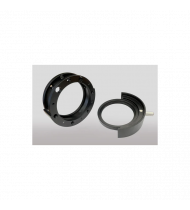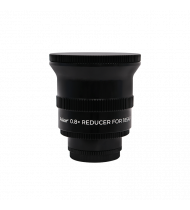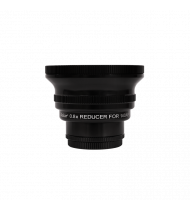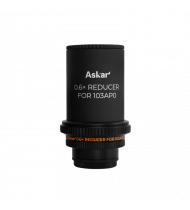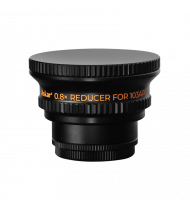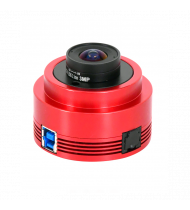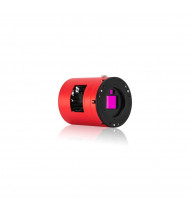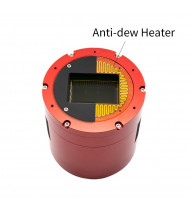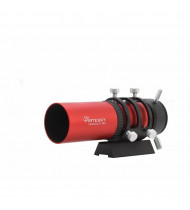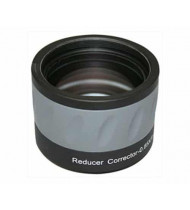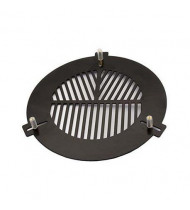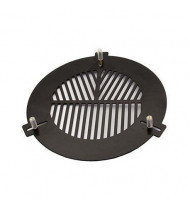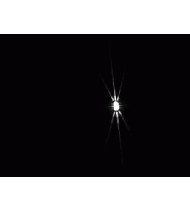Search results for 'sendfriend product send id 44909'
ToupTek 224C Color
Regular Price: US$ 176.98
US$ 159.19
This color camera is perfect as an autoguider and as a planetary camera. The ToupTek 224 Color uses the IMX224 Color sensor, it has 1280x960 pixels while the pixel size is 3.75 μm. It provides 12 bit ADC, weighs only 90g and has a 31.8mm barrel!ToupTek Filter Drawer M54 2"
US$ 70.25This drawer is specifically designed for ToupTek PRO version cameras, however it can also be mounted on cameras with M54x0.75 thread such as the ASI6200 and 2400 series. Allows you to mount 2" filters inside the optical train. Thickness 20mmAskar Reducer 0.8x for 185 APO
US$ 354.84The 0.8x reducer can lower the focal ratio of the Askar 185APO to F5.6. This is a standard gearbox with field flattening capability. A shorter focal ratio allows the OTA to have a wider field of view and faster exposure times, making it suitable for capturing large areas of nebulae, star clusters and faint, fast-moving celestial objects.Askar Reducer 0.8x for 140 APO
US$ 354.84The 0.8x reducer can bring the focal ratio of the Askar 140APO to F5.6. This is a standard gearbox with field flattening capability. A shorter focal ratio allows the OTA to have a wider field of view and faster exposure times, making it suitable for capturing large areas of nebulae, star clusters and faint, fast-moving celestial objects.Askar Reducer 0.8x for 120 APO
US$ 239.23The 0.8x reducer can bring the focal ratio of the Askar 120APO to F5.6. This is a standard gearbox with field flattening capability. A shorter focal ratio allows the telescope to have a wider field of view and faster exposure times, making it suitable for capturing large areas of nebulae, star clusters and faint, fast-moving celestial objects.Askar Reducer 0.6x for 103 APO
US$ 354.84The 0.6x reducer can bring the focal ratio of the Askar 103APO to F4, also providing field flattening. Askar 103APO adopts a detachable tube design, where the back of the tube can be removed when using the 0.6x reducer, allowing the telescope to have the length needed to achieve an F4 focal ratio.Askar Reducer 0.8x for 103 APO
US$ 239.23The 0.8x reducer can bring the focal ratio of the Askar 103APO to F5.4. This is a standard reducer with field flattening capabilities. A shorter focal ratio allows the telescope to have a wider field of view and faster exposure times, making it suitable for capturing large areas of nebulae, star clusters, and faint, fast-moving celestial objects.ZWO ASI715MC
US$ 239.23The ASI715MC is a sensitive color camera with a 1/2.8" sensor and 8.46 megapixel resolution. With the Sony STARVIS technology used, this camera has low readout noise (0.72e) and ultra-high sensitivity, making it ideal for astronomical imaging of the planets and smaller deep-sky objects and also for microscope photography.Celestron Starsense Autoguider
Regular Price: US$ 852.88
US$ 827.30
Celestron Star Sense all-in-one autoguiding camera with automatic alignment, assisted polar alignment and autoguiding functions for long exposure astrophotography.ZWO ASI 2600 MC DUO Color
US$ 2,480.38The new ZWO ASI2600MC DUO camera is the first camera in the world to use the Sony ExMor IMX571 sensor in combination with the monochrome SC2210 sensor for the integrated guide!Artesky Ultraguide 32 MKII
US$ 105.83The guide telescope is extremely necessary when doing astrophotography, the UltraGuide MKII is a telescope with a focal length of 120mm for a ratio of F / 4.0, ideal for instruments with medium or short focal length. The 31.8mm focuser allows you to use the UltraGuide MKII both as a finder and as a guide telescope, in fact it is equipped with a T2 thread to allow attachment to most of the guide cameras on the market.SkyWatcher Focal Reducer / Corrector Evostar 0.85X ED100
Regular Price: US$ 236.57
US$ 221.44
Focal reducer / corrector 0.85X for Evostar ED100 refractor. Requires M48 ring.Artesky UltraGuide 60 MKII Guide Scope
US$ 150.30Artesky UltraGuide MK II 60 / 240mm Guide Telescope - The Artesky UltraGuide MKII 60mm Guide Telescope is a superbly crafted guide scope with 31.8mm helical focuserOUT OF STOCK
- Artesky 2" filter drawer - Only 16.45mm thick - The narrowest filter drawer ever! - Telescope side M48 - Camera side M48
OUT OF STOCK
Artesky Bahtinov Mask 250-290
US$ 22.23The Bahtinov mask in astrophotography is very useful as it allows you to understand when the ideal focus for the instrument has been reached.Artesky Bahtinov Mask 175-220
US$ 17.79The Bahtinov mask in astrophotography is very useful as it allows you to understand when the ideal focus for the instrument has been reached.Artesky Bahtinov Mask 150-200
US$ 17.79The Bahtinov mask in astrophotography is very useful as it allows you to understand when the ideal focus for the instrument has been reached.Artesky Bahtinov Mask 125-180
US$ 17.79The Bahtinov mask in astrophotography is very useful as it allows you to understand when the ideal focus for the instrument has been reached.




